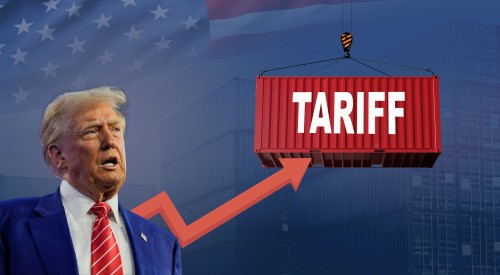Best Source for B2B Industry Trends, News and Updates

One of the main drivers of July’s price rise was shelter costs, which include rent and housing expenses. Shelter prices went up by 0.2% during the month. In contrast, energy prices fell by 1.1%, with gasoline prices dropping 2.2%. Food prices did not change overall; eating out became 0.3% more expensive, but grocery costs fell by 0.1%.
Some areas saw bigger jumps. Healthcare costs rose by 0.7% in July, the largest increase since September 2022. Within healthcare, dental services stood out with a record 2.6% rise. Airline ticket prices increased by 4.0%, and certain household goods like furniture also became more expensive, partly because of tariffs. On the other hand, prices for some goods like appliances went down, clothing prices barely changed, and prescription drugs became cheaper.
Economists are watching closely how new tariffs are pushing up prices in categories such as furniture, clothing, and home goods. The Federal Reserve aims to keep inflation near 2%, but while overall inflation is close to that level, core inflation remains higher. This situation has led markets to expect that the Fed may lower interest rates soon, likely at its September meeting.
Financial markets reacted positively to the July inflation report. The Dow Jones Industrial Average rose by nearly 1.1%, while the S&P 500 and Nasdaq both hit new highs. Global stock markets also moved higher, and the U.S. dollar weakened. Investors now estimate there is a 90-94% chance that the Fed will cut interest rates in September.
However, some experts have raised concerns about the quality of the inflation data. Due to staffing and budget cuts at the Bureau of Labor Statistics (BLS), the agency has had to rely more on estimates rather than direct price collection for certain items. Even with these challenges, most analysts believe that unless there is a sudden change in the next inflation report, the Fed will go ahead with interest rate cuts.
July’s inflation data shows that overall prices are rising at a steady pace, with certain services and goods experiencing sharper increases. Energy costs are providing some relief, but high core inflation suggests that price pressures remain in key areas like housing, healthcare, and travel. This balance between steady headline inflation and persistent core inflation is shaping market expectations and influencing the Fed’s next move.
